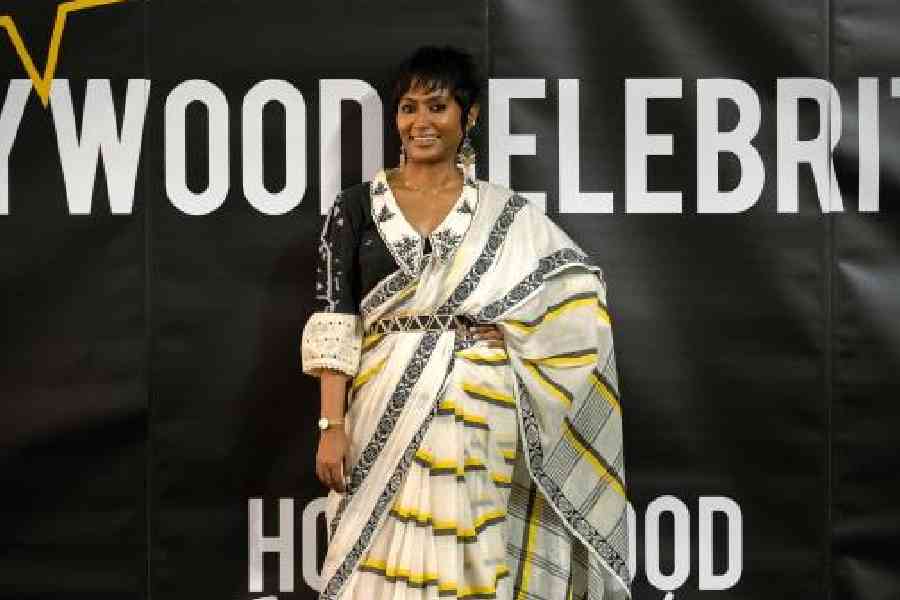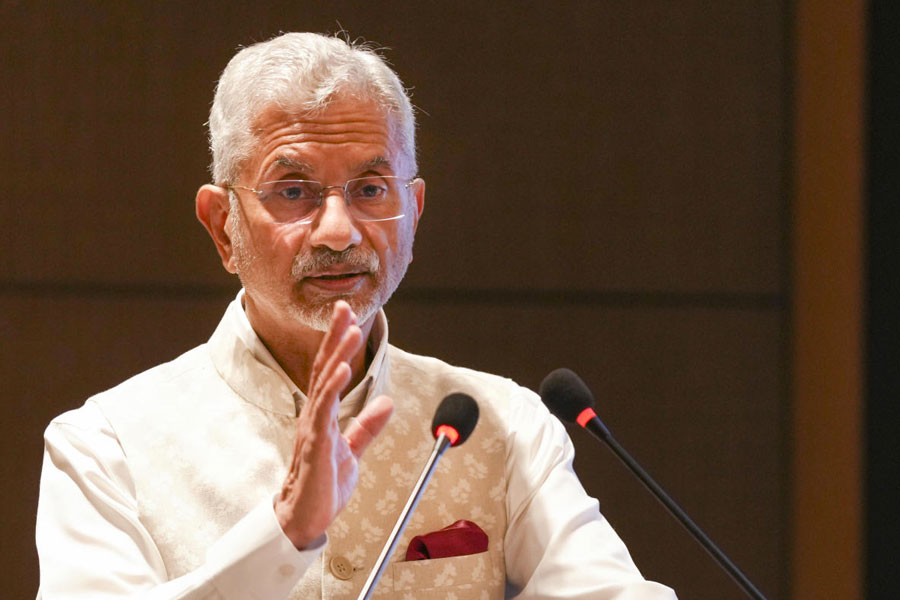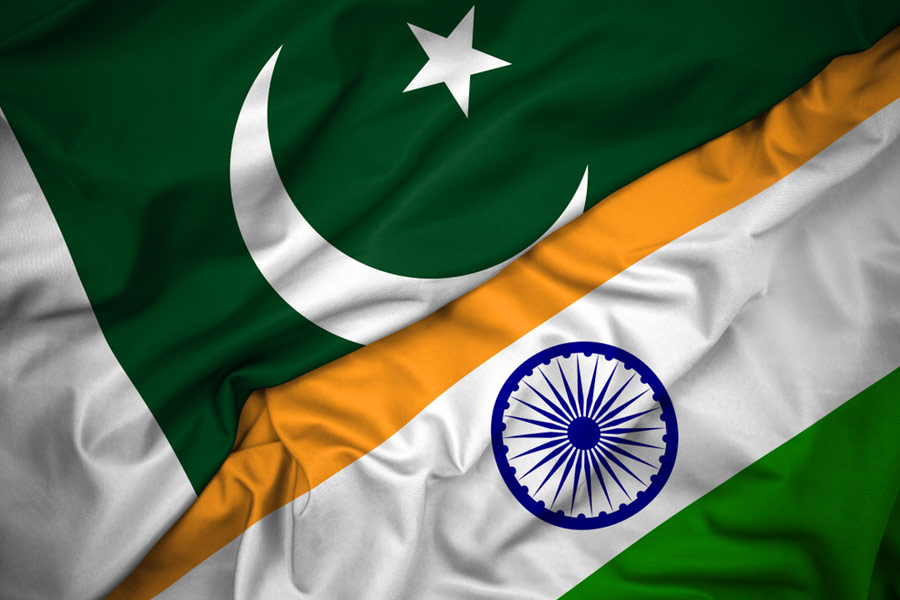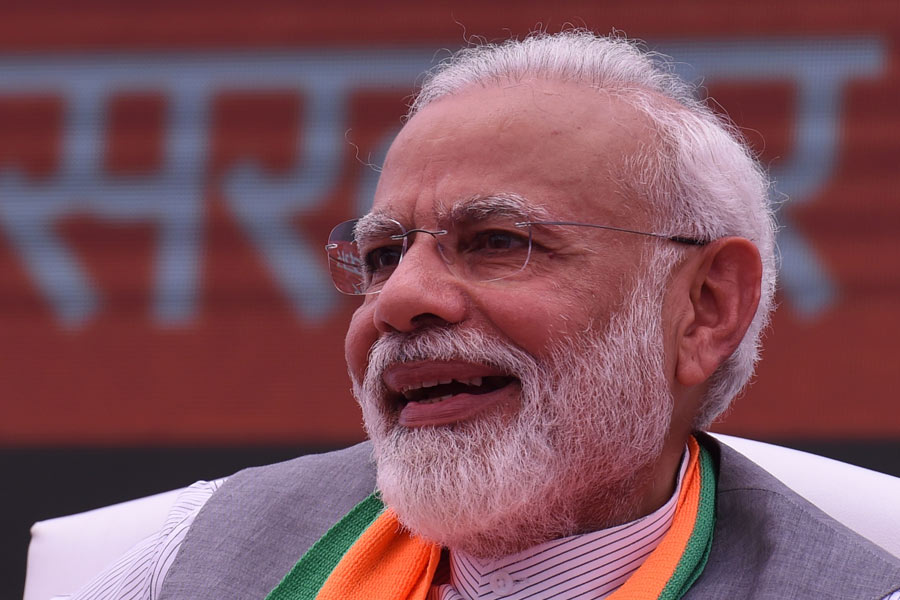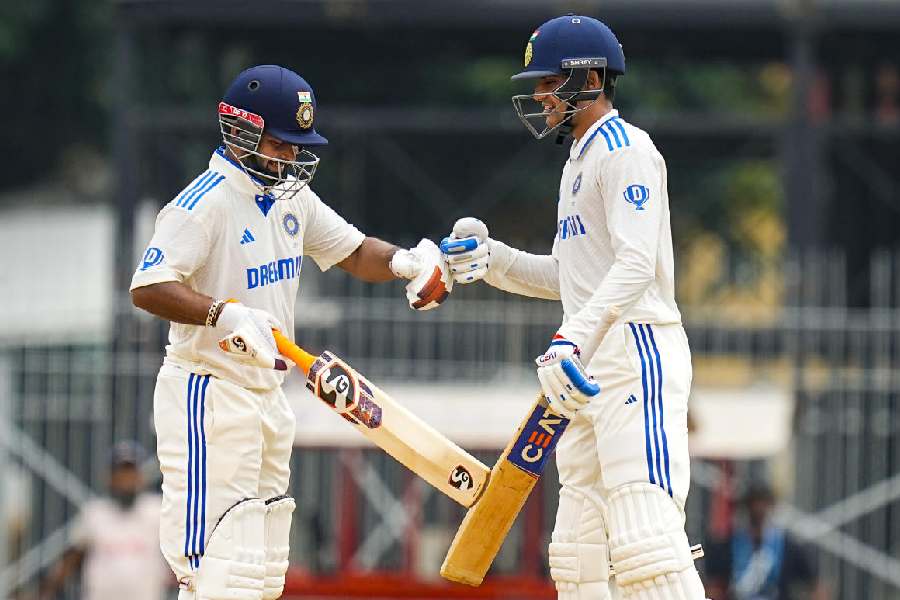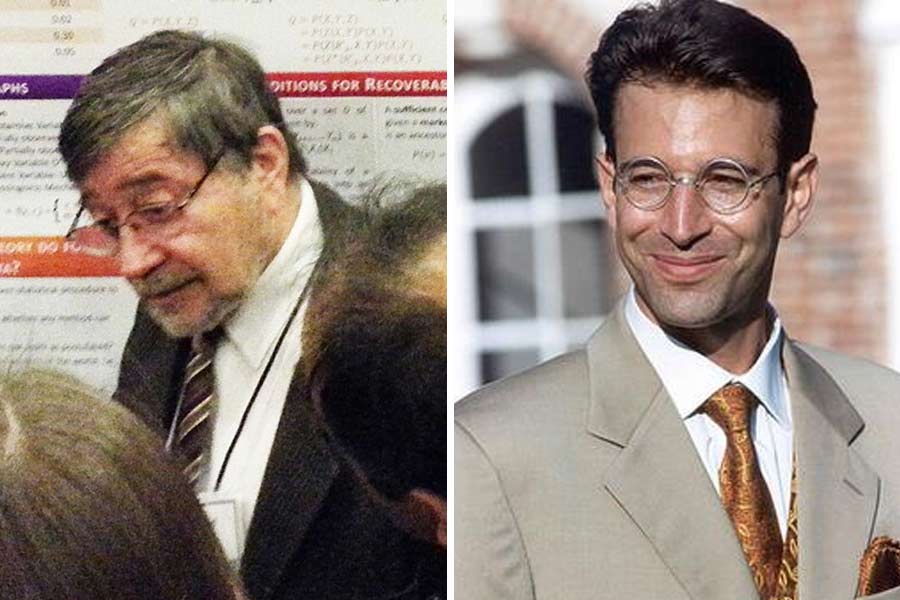Her eyes have a certain twinkling playfulness as they can light up with fiery emotions. Aditi Roy Maelzer ‘known professionally’ as Mia Maelzer. Mia was born in Panihati and studied in Calcutta before she left for Mumbai in 2006. Back from the 80th Venice International Film Festival where her film Stolen by Karan Tejpal was screened, Mia chatted with t2 on her journey so far.
How was Venice? What kind of reception did Stolen get?
This was the only official selection from India this year at the Venice International Film Festival. It was an incredible response, and the long-standing ovation from people touched my heart and made me cry. Even Italian cops loved our film. A bunch of women from Rome even bought me souvenirs from the festival. Crazy, right?
It was a very short stay for me and there was too much to see, but I managed to attend a master class with director Nicolas Winding Refn (The Neon Demon, Only God Forgives). I met Liliana Cavani who got an honorary Golden Lion at the Venice Film Festival at age 90.
And, you wore a Bengal sari for the premiere!
Yes. I couldn’t think of anything else beyond a cotton sari from Parama for the formal press call on premiere day. This sari is special to me for its cinematic association with the history of Indian cinema (the sari is called Sarbajaya sari, named after the iconic character in Satyajit Ray’s Pather Panchali).
The blouse was also from Parama and I customised it using a few of her design elements as per my own taste. In the evening I wore mom’s black-and-gold Dhakai jamdani underneath an LBD (little black dress) with red opera gloves. I just wanted to stick with my own family traditions while representing my culture.
Tell us about your growing up years. Where did you study?
St. Xavier’s Institution in Panihati, which is my birthplace. I did my graduation from Calcutta University. I, however, grew up majorly at the athletics coaching camp, Sports Authority of India and on the campus of SRFTI until I left the city after my graduation... my main training was for dance, theatre and sports from a very early age.
Your acting career too began here…
Yes, it formally began from the Max Mueller Bhavan, Calcutta, at the age of 16 for an Indo-German play called Images Of Femininity.
How has the city shaped your thinking as an artiste?
Most people have a family tree, but I think of mine in Calcutta as a family forest! I was like Mowgli in a wilderness of art. Everyone around me was either from painting or theatre or cinema, so naturally my mind was pretty occupied with dreams all the time. I had already seen world cinema with my grandmother from a very young age. My family was scared I wouldn’t finish formal education. In fact, I ran away a few times as a kid only to be brought home again. But, I did finish my education and even topped my department at the university. The freedom that I had later was because of that.
How is that reflected in your choice of films?
I only got attracted to the films where actors had a chance to play around a lot or had certain advocacy over the role. This only happens in independent cinema, so commercial films got filtered out by default. I always had to discuss all my films with my mentors before doing them, though — except for a few film school projects early in my career which I did on my own. My family would have disowned me if they knew I had already faced the camera before I took proper training. I don’t regret that though. It made me prepare better for the industry actually.
What kind of cinema attracts you as an audience?
I love to watch world cinema — be it Bengali, French, Italian, Japanese or Chinese cinema, usually with a bucket of ice cream or jhalmuri. Recently I have started watching new media interactive films too. I enjoy anime with my nephews.
It is (Jean-Luc) Godard, (François) Truffaut, (Luis) Bunuel, (Federico) Fellini, (Roberto) Rossellini, (Satyajit) Ray, (Mrinal) Sen and (Ritwik) Ghatak whose films I consider my foundation as an actor. They are the masters of Bengali, Italian and French cinema.
In recent ones, Bong Joon-ho’s Parasite made me ambitious as a writer. The Spanish science-fiction horror film El Hoyo (The Platform) by Galder Gaztelu-Urrutia is fantastic in particular because it is adapted from a stage play. From Hollywood, La La Land and Whiplash are the last two films I liked. And Birdman by Alejandro Iñárritu.
You have been part of some very prestigious projects. Do you have a favourite, maybe a career-defining one?
Laetitia Colombani’s La Tresse (The Braid) is definitely my career-defining moment. I worked with some of the greatest professionals of our time internationally. The film is already reaching a wide range of audience after being dubbed in several languages like the book.
Stolen took my work to Venice for the first time as a lead actress so it’s extremely special for me. It will also travel to the BFI London Film Festival in October.
The Field (by Sandhya Suri) was my first short film to be nominated at the BAFTAs and we won TIFF’18 (Best International Short Film) too. It is because of that film I could also reach the class of 2019 at Sundance and the prestigious Criterion Collection (an American home-video distribution company).
Saionee Chakraborty

